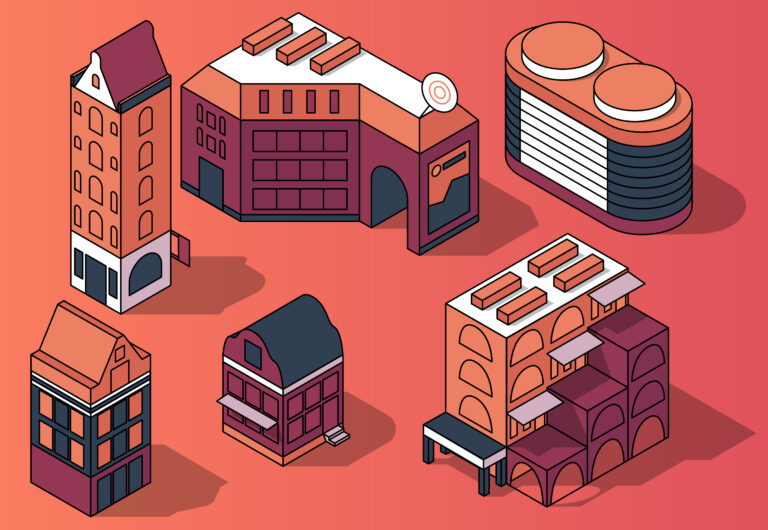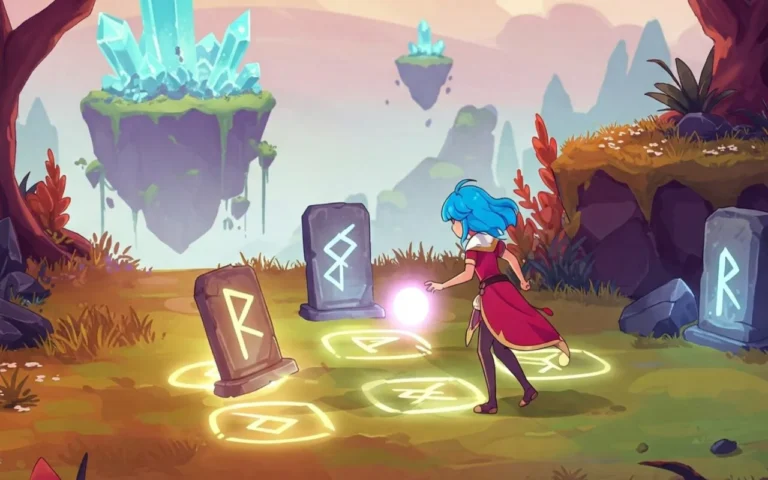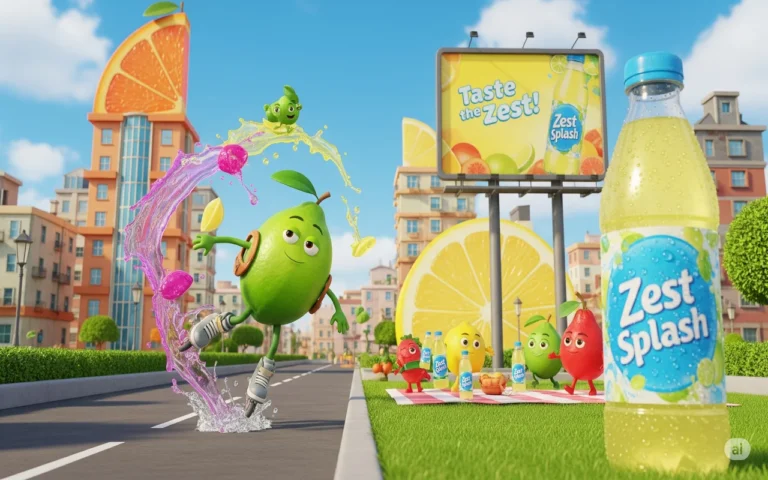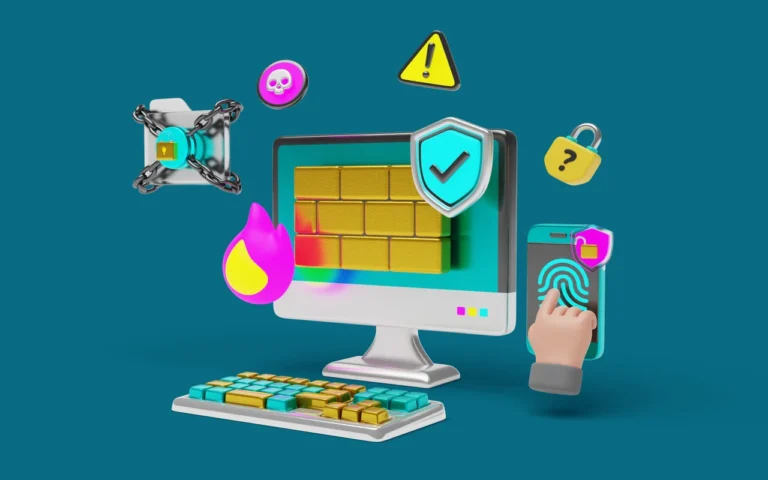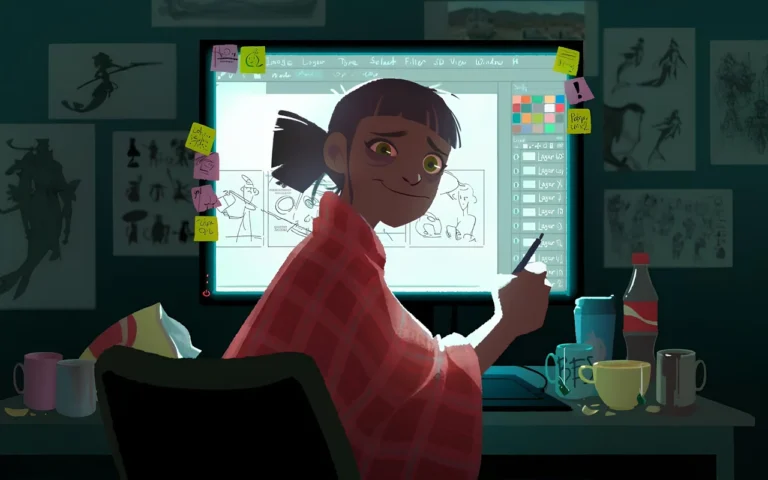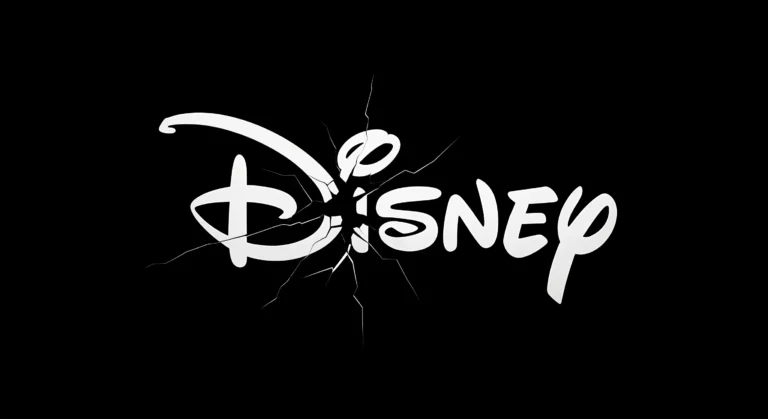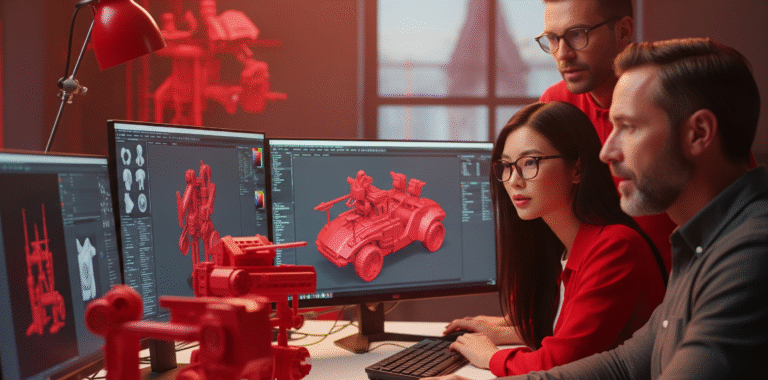In today’s digital art world, a “Technical Artist” is a unique professional blending artistic vision with technical expertise.
While creativity fuels the visual appeal of animation and games, technical precision ensures everything runs smoothly and meets modern industry standards.
At Pixune Studios, technical artists bridge the gap between creative visionaries and precise technicalities, bringing ideas to life and providing a seamless blend of art and technology.
With the increasing complexity of animation and game projects, technical artists have become indispensable for concept art studios and gaming companies. They solve technical challenges, streamline processes, and innovate in areas where art meets code. In this article, we will delve into the responsibilities, skills, and workflows of technical artists to demonstrate this role’s importance and its future landscape and trends in producing polished and efficient animation projects.


Need Game Art Services?
Visit our Game Art Service page to see how we can help bring your ideas to life!
What Are the Responsiblities of a Technical Artist?
Technical artists play an integral role in bridging art and technology in various projects, ensuring a seamless combination of realism and fantasy. Their primary responsibility is to act as a liaison between artists and engineers, smoothing out the collaboration process and enabling the implementation of artistic concepts.
Below are some of the significant roles these artists carry out within their projects:
Pipeline Development:
One of the biggest challenges in game and animation development is managing a consistent workflow.
Technical artists design and maintain “pipelines,” also known as structured paths that streamline the movement of assets from one production stage to another.
By building these production pipelines, technical artists automate tasks to increase workflow efficiency, enabling other artists to focus on creativity while reducing repetitive work.
Shader Creation:
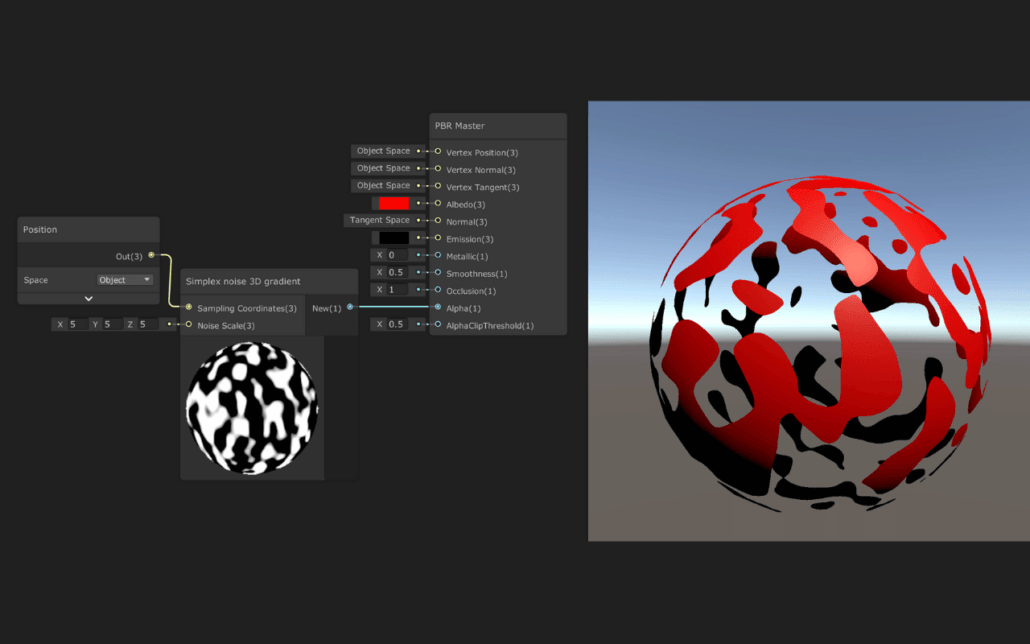
Shaders define how objects look by controlling how surfaces interact with light, colors, and textures.
Technical and shader artists craft custom shaders to achieve specific visual effects, such as realistic water, reflections, or stylized outlines. This is crucial for defining the “look” of a project, allowing creative teams to add unique visual flair without compromising performance.
Tool Development:
To streamline workflows, technical artists often create custom tools that simplify complex tasks for artists, such as batch processing assets or automating rigging setups. These tools enable other team members to accomplish complex tasks without needing deep technical expertise, significantly speeding up production.
Asset Optimization:
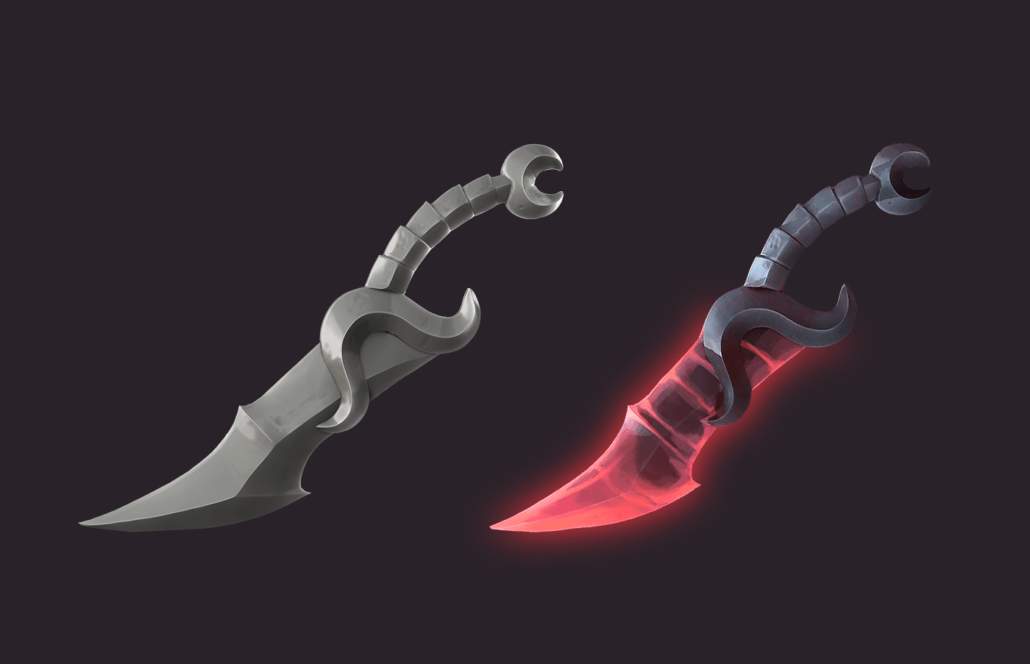
Optimizing visual assets such as 3D models, textures, and animations is essential for games and animations to run smoothly across different devices.
Technical artists balance quality and performance by optimizing assets, which involves reducing polygon counts, compressing textures, and implementing efficient rendering techniques to maintain visual quality while enhancing speed.
Problem Solving:
Technical artists also act as “troubleshooters,” resolving issues that arise during production, from bugs in shaders to engine performance jams.
An efficient technical artist must have the essential mindset and skills to diagnose problems quickly and devise creative solutions, allowing projects to stay on track even in the face of complex technical obstacles
Teamwork:
A core part of every project-based position is collaboration.
Technical artists not only work alongside engineers to ensure assets meet technical requirements but also with other artists to achieve a united vision with precision and creativity.
The Essential Skill Sets of Every Technical Artist
As the name vividly suggests, technical artistry is a blend of art, programming, and collaboration.
Since the role embodies a wide range of tasks, we have gathered some of the most must-have skills of this position:
Artistic Skills:
Knowledge of art fundamentals like color theory, lighting, and composition is critical, as these principles help technical artists make choices that elevate visual quality.
For instance, an understanding of color theory might guide decisions on shading or lighting to evoke certain moods, while composition skills help optimize scenes for clarity and appeal.
Technical Skills:
Writing scripts and creating shaders or custom tools requires proficiency in scripting languages such as Python, C#, or GLSL.
Technical artists often use these languages to develop algorithms that automate processes or add functionality.
Knowledge of 3D math, especially linear algebra and vector math, is also essential for working with transformations, shaders, and rigging.
Software Expertise:
A technical artist must master various software tools, including 3D modeling programs like Maya and Blender and game engines like Unreal Engine and Unity.
Familiarity with these platforms enables technical artists to work alongside the industry-standard pipelines to ensure the production is optimized and compatible with audiences.
Problem-Solving Ability:
Technical artists must approach every project with a solutions-oriented mindset.
Having a resourceful and complicated position, technical artists must know how to find alternative solutions if a particular technique or tool doesn’t work as expected.
Their troubleshooting skills enable them to identify issues quickly and develop solutions without disrupting the production schedule.
Collaboration Skills:
Excellent communication is crucial, as technical artists work with teams that often need a shared technical background.
They translate the needs of the art team into technical requirements and work with engineers to create solutions that meet both artistic and technical goals.
The Technical Art Process: How is the Workflow?
A technical artist’s workflow ensures that artistic vision and technical requirements are met.
Despite the homogenous flow of each project, we have broken it down into a few comprehensible stages:
1. Assessing Project Needs:
At the project’s outset, technical artists meet with artists and engineers to identify key requirements.
They review the project’s artistic concepts and assess any technical constraints, such as platform limitations, performance goals, and visual style requirements, setting up a roadmap for the production process.
2. Collaborative Planning:
Technical artists work closely with creative and engineering teams to draft a pipeline. They might document asset creation, integration, and optimization steps, providing every team member with adequate information about the project.
This stage is crucial for aligning all members and ensuring a smooth workflow.
3. Development and Implementation:
During production, technical artists create necessary assets and tools.
They might develop shaders for specific visual effects, create rigs for character models, or write scripts to automate routine tasks.
This step requires repeatedly balancing technical precision with artistic goals until assets look right and perform efficiently.
4. Testing and Optimization:
Testing assets across various devices and platforms ensures they function as needed. Technical artists constantly use different tools to adjust frame rates, memory usage, and load times. This iterative refining process helps maintain performance without sacrificing quality.
5. Final Integration and Support:
Once assets are integrated into the project, technical artists monitor performance and provide troubleshooting support.
This stage involves reviewing the final product to confirm that all assets, shaders, and tools work seamlessly to reach a polished, high-quality release.
The Key Areas of Focus in Technical Artistry!
Being a complex and evolving career, the technical artist’s role encompasses various specialties.
Below is a more detailed look at each focus area:
Shader Development:
Shader artists bring visual elements to life by managing objects’ appearance under various lighting conditions.
Custom shaders provide effects like realistic water, dynamic fog, or unique textures that define a game or film’s aesthetic.
Technical artists use languages like GLSL or HLSL to create shaders that enhance visual storytelling.
Rigging and Animation:
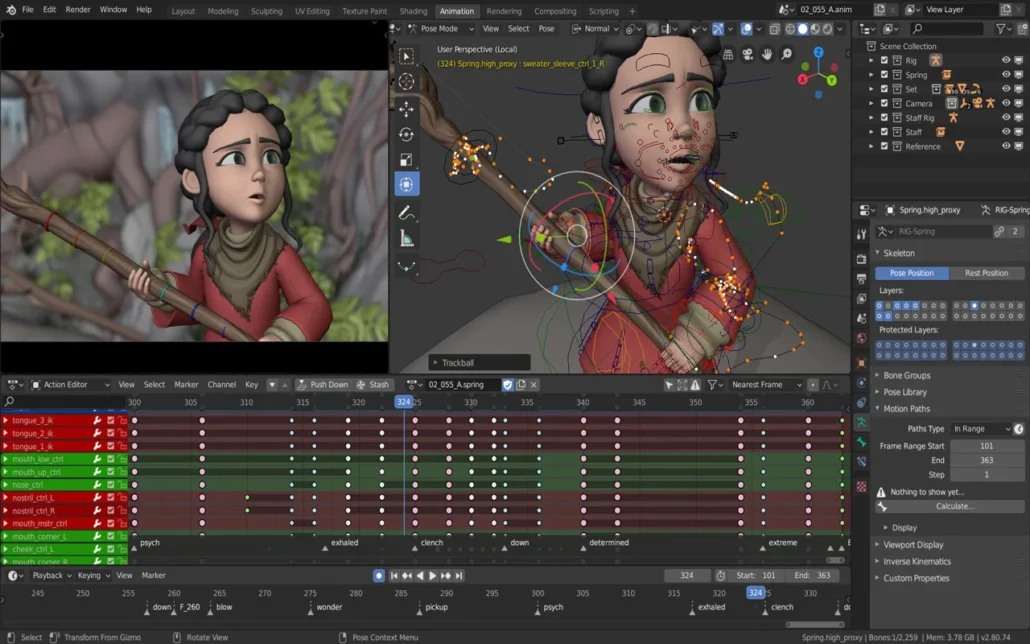
Rigging in animation allows characters and objects to move.
Technical artists create rigs that give animators flexible control over how assets move.
A well-designed and correct rigging enables characters to move fluidly while reducing manual adjustment, making the process efficient and consistent.
Creating Tools:
Custom tools are essential for scaling production.
Technical artists build scripts or plugins to simplify tasks for artists.
By automating repetitive tasks, they empower artists to focus on creativity rather than routine technical details.
Optimizing Assets:
Asset optimization ensures smooth performance on various platforms, including textures, polygons, and animations.
For instance, a mobile game requires lower-resolution textures than a console game.
Technical artists balance aesthetics with technical constraints to make rich visual detail without compromising production speed.
Lighting and Rendering:
Lighting in animation defines the mood and realism of a scene.
Technical artists work with rendering settings to create lighting that complements the project’s style.
They optimize render times by choosing practical settings and techniques to enhance visuals.
Technical Artists at Work: The Industry Applications
With visual productions’ increasing demands, technical artists have skills desirable to multiple fields:
Game Development:
In games, technical artists ensure assets meet performance benchmarks while preserving high-quality visuals. They create shaders, rigs, and tools that help bring dynamic and immersive environments to life to enhance real-time interaction.
Animation and VFX:
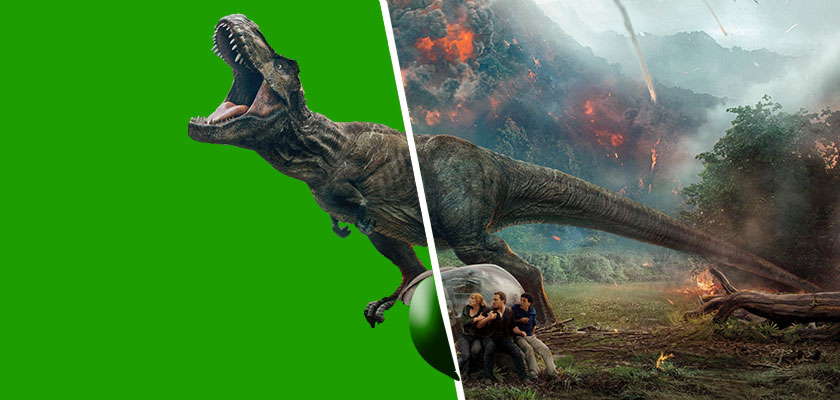
In film and TV, technical artists create realistic or stylized effects.
Their work with shaders, lighting, and rendering contributes to breathtaking scenes in a fantasy world or a realistic simulation. They also support animators by ensuring assets function smoothly under various situations.
Virtual and Augmented Reality (VR and AR):
In VR and AR, technical artists must optimize assets for real-time user interaction.
They focus on achieving high visual quality while maintaining a frame rate of at least 60 FPS for an immersive experience.
This field requires asset optimization, shader efficiency, and lightweight rigging.
Architectural Design:
Technical artists design architectural models to help clients visualize structures in 3D.
Their work involves creating lighting, materials, and interactive elements to simulate real-world environments, offering clients a realistic preview of their projects.
Every Technical Artist’s Toolbox!
Technical artists have a diverse toolkit, making them one of the industry’s most knowledgeable and innovative professions.
Some of the most significant platforms technical artists deploy within their positions include:
3D Modeling Software:
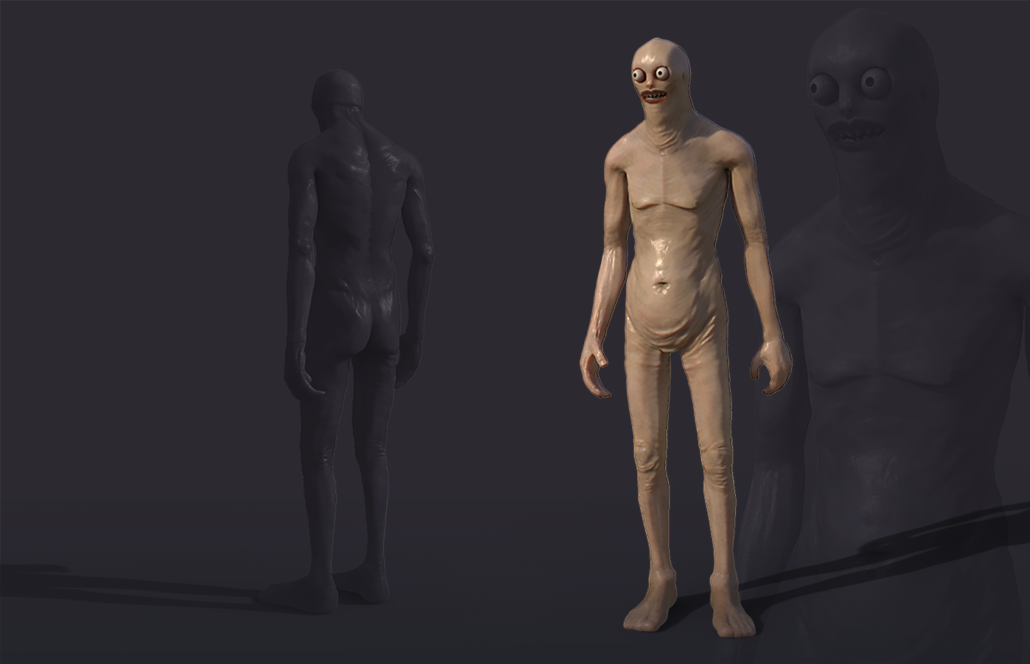
Maya, Blender, and 3Ds Max are among the most essential for creating and manipulating assets.
Learning about the best 3D modeling software allows technical artists to manage asset creation and refinement more effectively.
Game Engines:
Unreal Engine and Unity, two of the most practical game engines, are vital for integrating assets into real-time environments.
These two and other top game engines offer technical artists powerful tools for shader development, animation, and real-time rendering.
Scripting and Programming Languages:
Technical artists use Python for automation, C# for Unity scripting, and HLSL/GLSL for shader development.
These programming languages allow technical artists to build tools, customize pipelines, and optimize assets.
Version Control Systems:
Git and Perforce are used to manage project files and track asset changes.
These systems help teams collaborate and maintain stability, especially in large-scale projects.
Other Specialized Tools:
Technical artists also use specialized software, such as Substance Painter for texturing, Houdini for procedural generation, and Marvelous Designer for clothing simulation, to add realism to animated characters.
Career Paths for Technical Artists: A Holistic Landscape!
As an extensive and resourceful career, the technical artist’s position involves continuous learning.
Moreover, we have broken down some job position options for this ever-evolving career:
Initial Skills Development:
Many technical artists begin with an interest in both art and technology, building skills in 3D modeling, scripting, and traditional art.
Degrees in fields like computer science, digital art, or animation can provide a solid foundation for further professional improvement.
Entry-Level Roles:
New technical artists often start as junior artists or developers, gaining experience in game or animation studios.
Entry-level roles in rigging, 3D modeling, or shader programming help them develop technical skills while collaborating with experienced teams.
Early roles often focus on learning workflows, creating assets, and understanding optimization requirements to familiarize aspiring artists with technical aspects.
Specialization and Growth:
After gaining experience, technical artists can begin to specialize in areas like shader programming, rigging, or tool development, depending on their strengths and interests.
To deepen their expertise, some technical artists pursue certifications or advanced courses in tools like Unity, Unreal Engine, or Houdini.
Advanced Roles and Leadership:
Technical artists can move into senior or lead roles as they reach a certain stage of proficiency, overseeing entire teams or handling project-wide technical decisions.
Leading technical artists manage workflows, mentor junior artists, and implement new techniques or technologies to enhance overall efficiency.
Some experienced technical artists become technical directors, defining the technical vision for projects and overseeing teams of technical artists and engineers.
2024 Trends in Technical Art: Where to Go Next?
The world of technical art is evolving rapidly as new tools, techniques, and technologies reshape the visual creation process.
We have gathered a few trending ideas that currently lead the headlines:
Real-Time Ray Tracing:
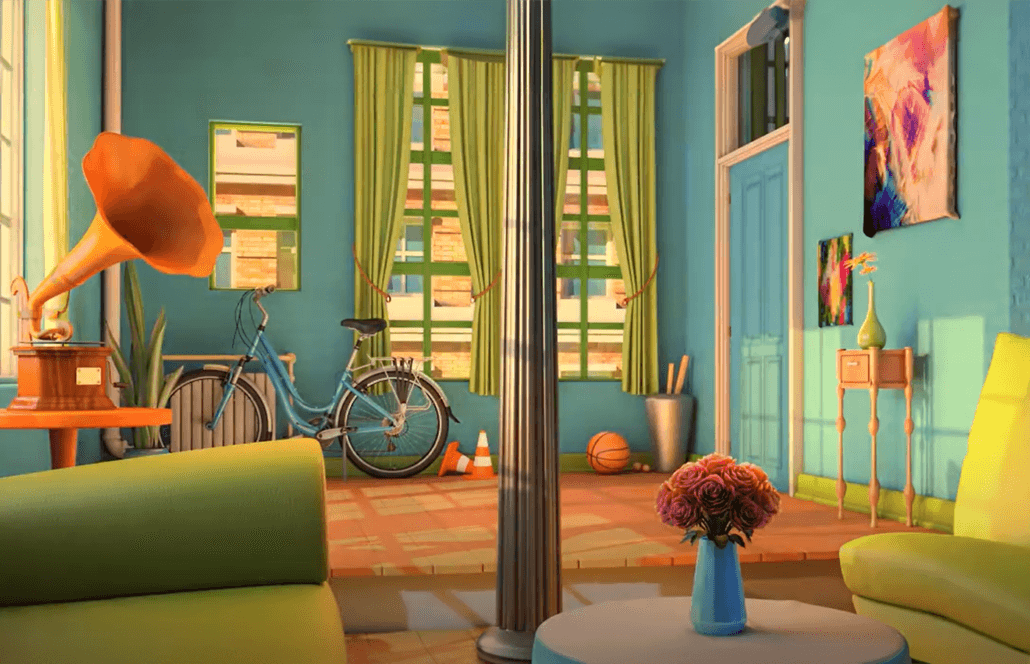
Once limited to pre-rendered scenes, Ray tracing is now possible in real-time applications thanks to advancements in GPU technology.
Technical artists use real-time ray tracing to create realistic lighting, shadows, and reflections to enhance visual fidelity and environmental storytelling in games and VR experiences.
Despite its high maintenance for a fluid performance, this trend formulates immersive environments that are closer to photorealism than ever before.
Machine Learning and AI:
Artificial intelligence is increasingly becoming an engaging tool for technical artists.
Leveraging AI allows technical artists to focus on creative problem-solving and developing advanced features since machine learning algorithms can be trained to automate processes like texture generation, object recognition, and procedural environment creation to reduce the time for repetitive tasks.
AI can also analyze game performance and suggest optimizations, making it a powerful tool for asset optimization.
Procedural Content Generation:
Procedural generation allows algorithms to create complex environments, offering an efficient alternative to hand-crafting assets.
Tools like Houdini empower technical artists to create everything from landscapes to detailed structures procedurally, enabling unique, non-repetitive environments that can adapt based on gameplay.
Despite the common challenges of game environment design, this technique is becoming particularly popular in open-world games, where vast ecosystems are essential.
Cross-Platform Optimization:
With the rise of cross-platform games, technical artists now face the challenge of optimizing assets for various hardware capabilities, such as mobile phones, PCs, and consoles.
Technical artists develop scalable shaders, efficient LOD (Level of Detail) models, and other optimization techniques to ensure a consistent player experience across all platforms.
Enhanced Collaboration Tools:
Technical artists are now adopting advanced collaboration tools to streamline communication and asset management across global teams.
Cloud-based platforms, real-time file sharing, and advanced version control systems like Perforce and Git ensure team members can work together seamlessly, regardless of location.
This trend is helping technical artists and their teams overcome logistical challenges and maintain productivity in remote settings.
Virtual and Augmented Reality Innovations:
Technical artists are expected to know how VR and AR experiences require real-time interaction and high frame rates to create immersive content.
For example, maintaining a consistent 90 frames per second (FPS) in VR is crucial for a smooth experience. Technical artists focus on lightweight shaders, efficient asset streaming, and interactive elements that enhance realism without affecting performance, all contributing to a deep VR/AR experience.
Final Words
Technical artistry is an exciting, multifaceted field that combines creativity with technological prowess to enhance the visual and interactive aspects of digital experiences.
By mastering art and engineering, technical artists are able to bring complex, high-quality visuals to life in a way that resonates with audiences across various platforms.
With responsibilities spanning pipeline development, shader creation, and asset optimization, technical artists are the cornerstone of delivering smooth animated projects and games.
As for aspiring and new technical artists, there has been no better time to enter the field! With career paths in areas like rigging, tool creation, and real-time rendering, technical artistry offers diverse growth opportunities.
Technical artists keep their skills relevant and grow alongside the industry by staying attuned to the latest trends, such as AI integration, procedural generation, and VR/AR development.
As digital experiences become more complex and desirable, technical artists will be at the forefront of creating visual content by bridging the creative and technical realms of our imagination. Whether in gaming, animation, or beyond, technical artists have a unique opportunity to shape how audiences experience the digital world.
